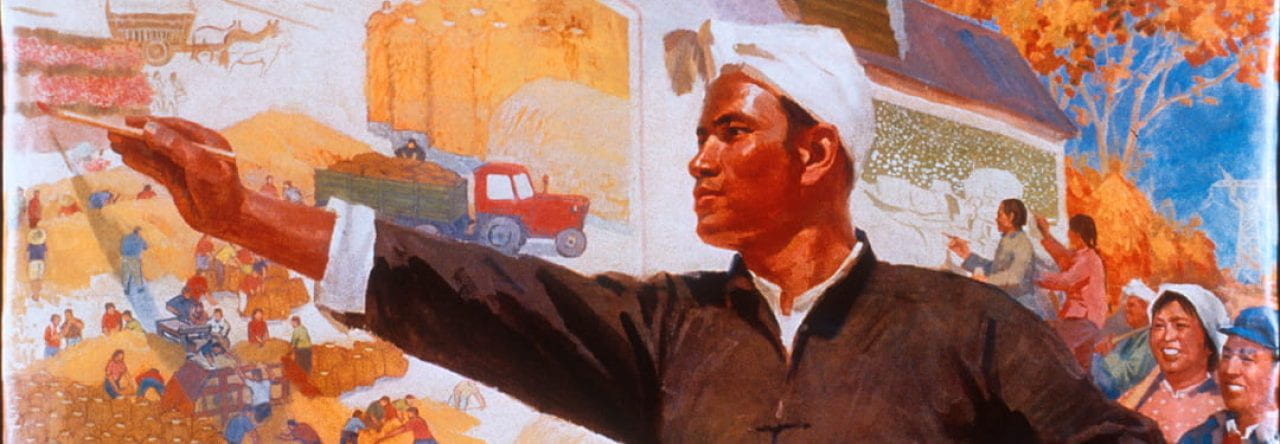Li Keran was a pronounced Chinese artist of the 20th century and influential educator at the prestigious Central Academy of Fine Arts. Most of his works entailed landscape paintings that contained a mixed of ancient and contemporary styles. Li attended the Shanghai Art College where he was inspired greatly by a professor who’s ideals involved blending Eastern and Western art styles to create a new style of art in Chinese paintings. Li then was admitted to the Hangzhou National Art College where he studied drawing and oil painting. A few years later he then became a member of the Yiba Art Society, a leftist art organization. Li was present when Mao Zedong founded the People’s Republic of China in 1949. Li lived through the Sino-Japanese War, and during the period after began to create works by the use of an imaginative splashed ink technique. Li’s work became more recognized as he was proposed, and accepted, an invitation to join the faculty at the Beijing National Art College. Soon after he was acclaimed to be the most important painter in the post-Qianlonxg-Jiaqing period by his mentors, Qi Baishi and Huang Binhong. After 1954, Li spent a lot of his time drawing from nature, and had the idea that the initial step towards a reconstruction of Chinese painting would be from drawing. Through his ability to blend in Western elements, Li was said to be remembered more as a pioneer rather than a traditionalist or reformist, in 20th century Chinese art.

Mountain Village (1985), ink and color on paper and scroll
Citations:
“Li Keran.” Li Keran Paintings | Chinese Art Gallery | China Online Museum, http://www.chinaonlinemuseum.com/painting-li-keran.php.


Leave a Reply
You must be logged in to post a comment.